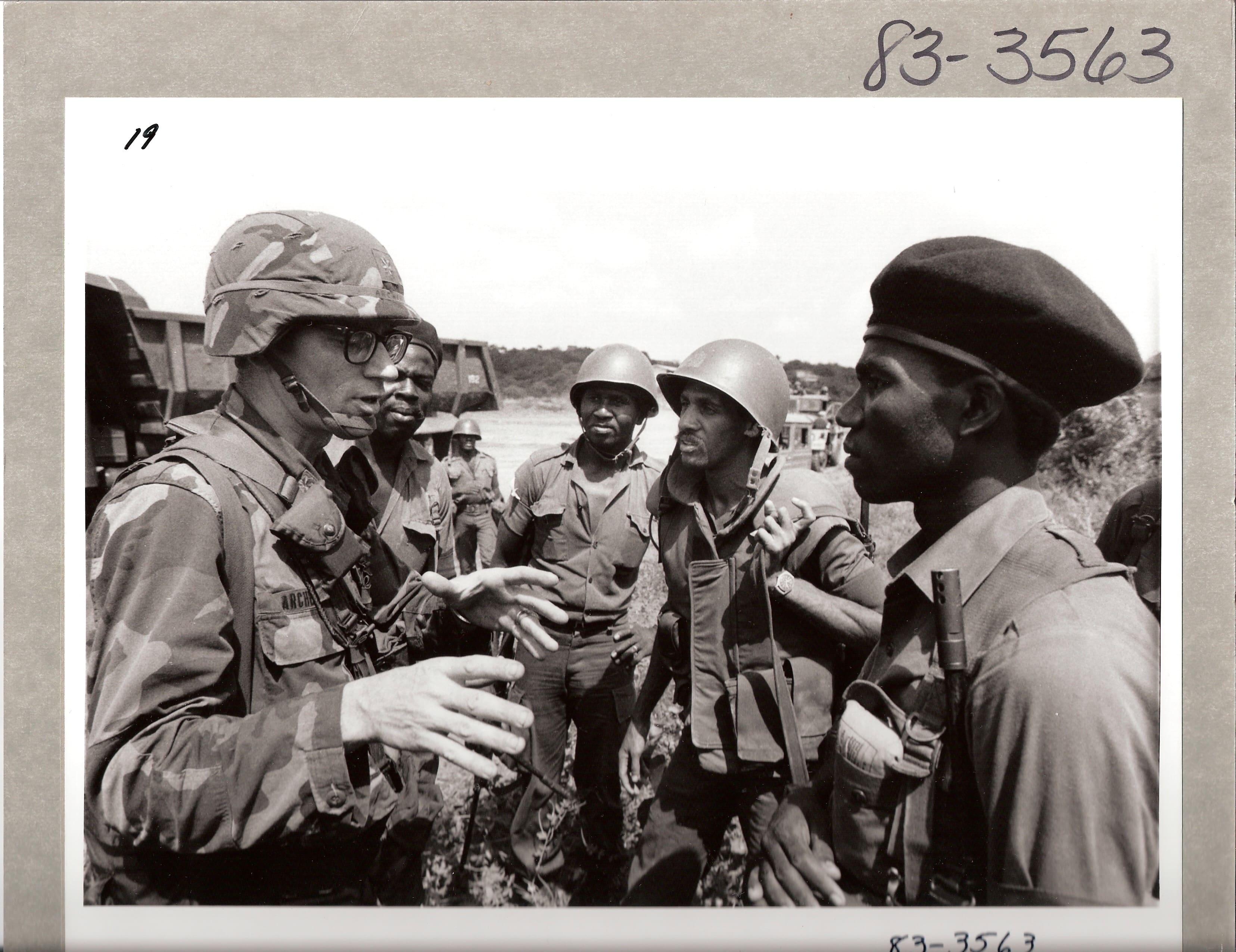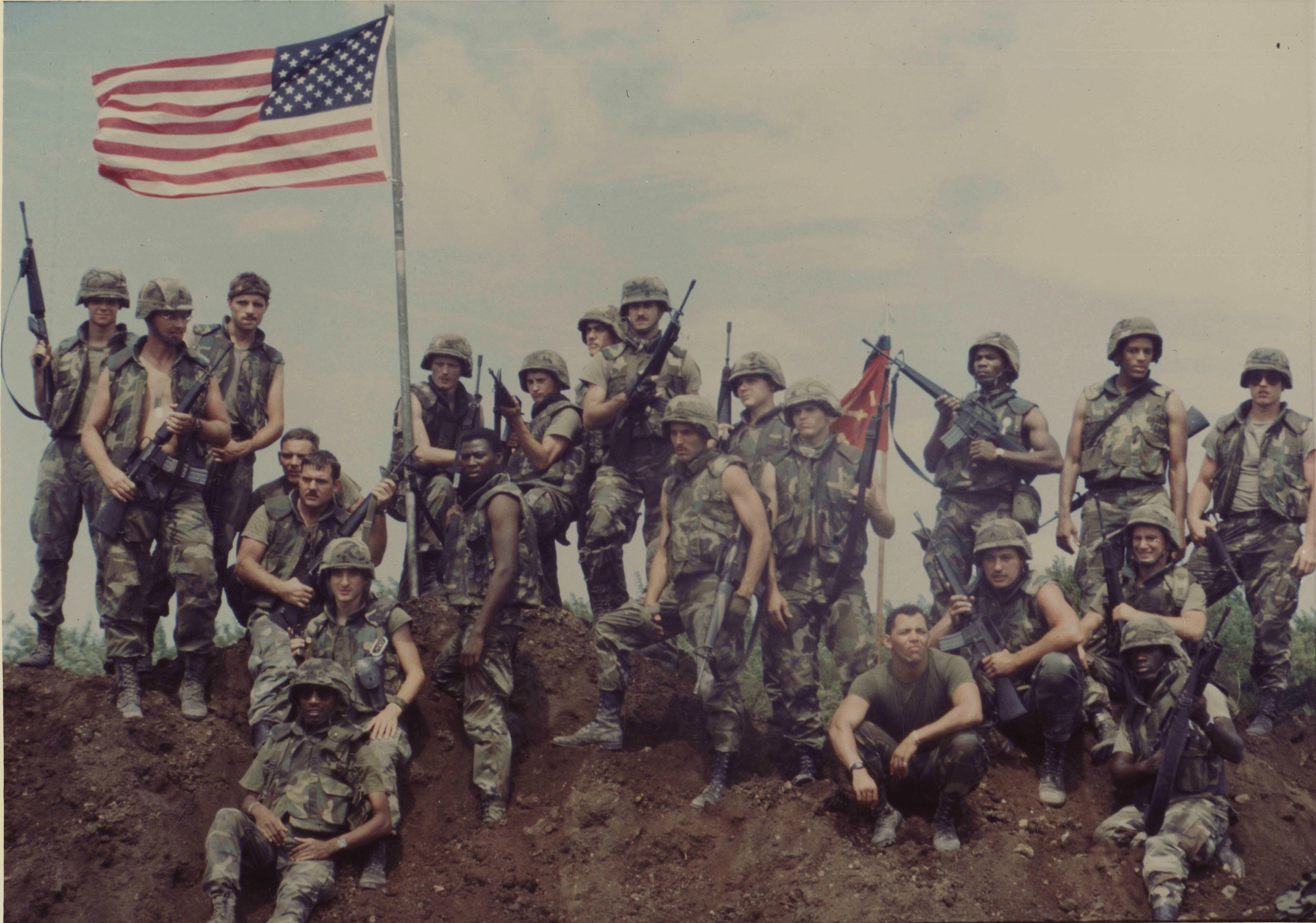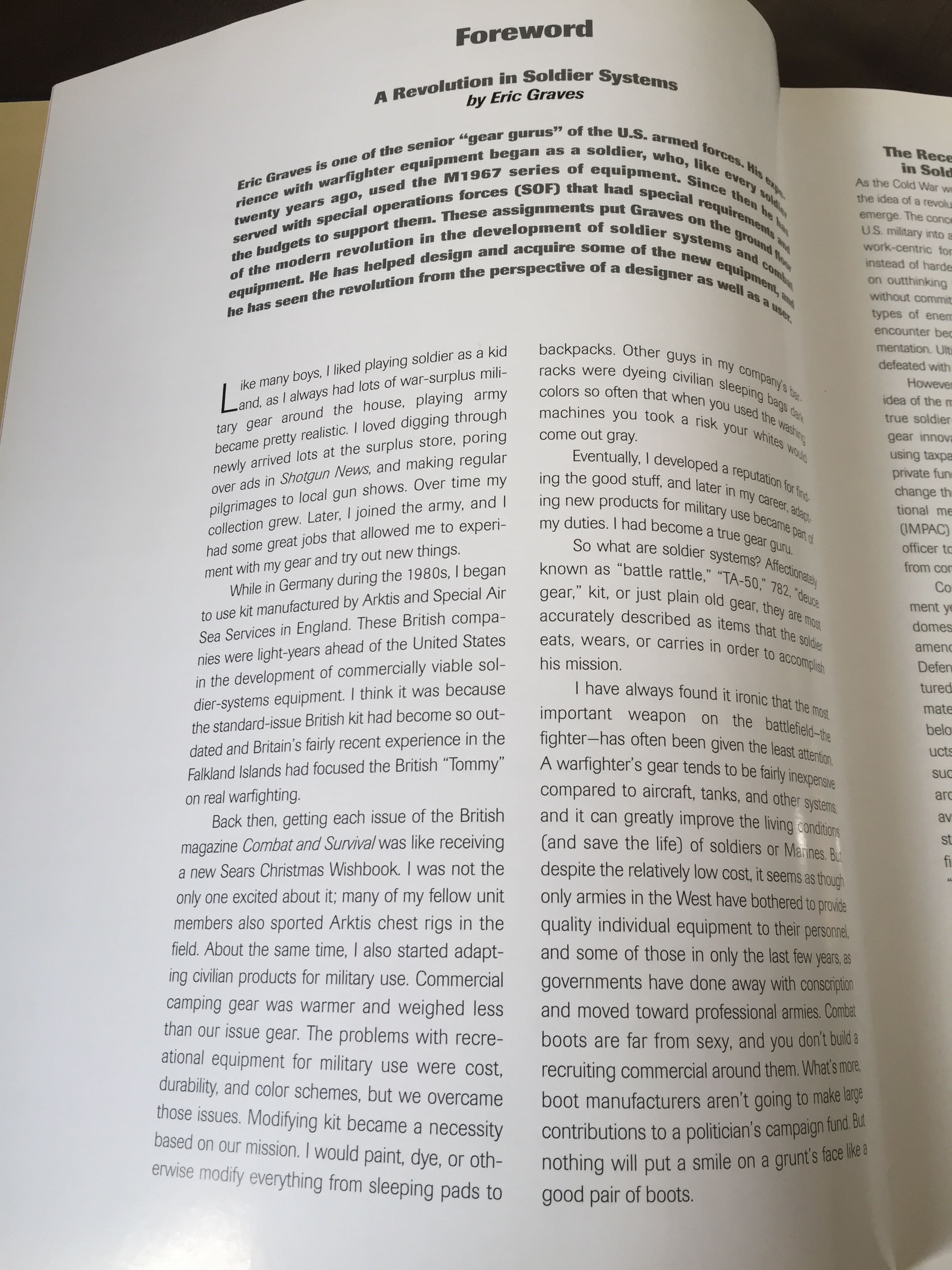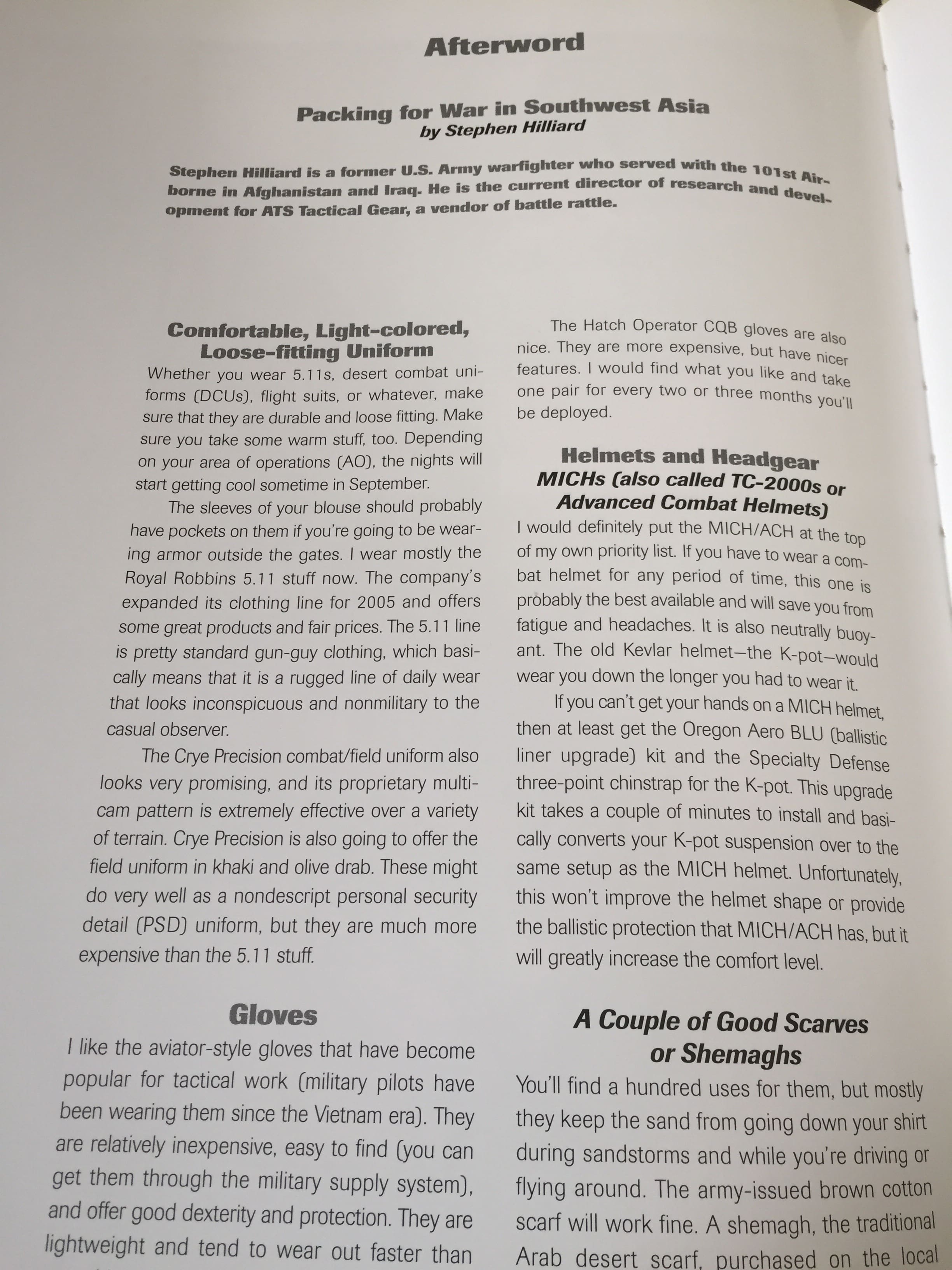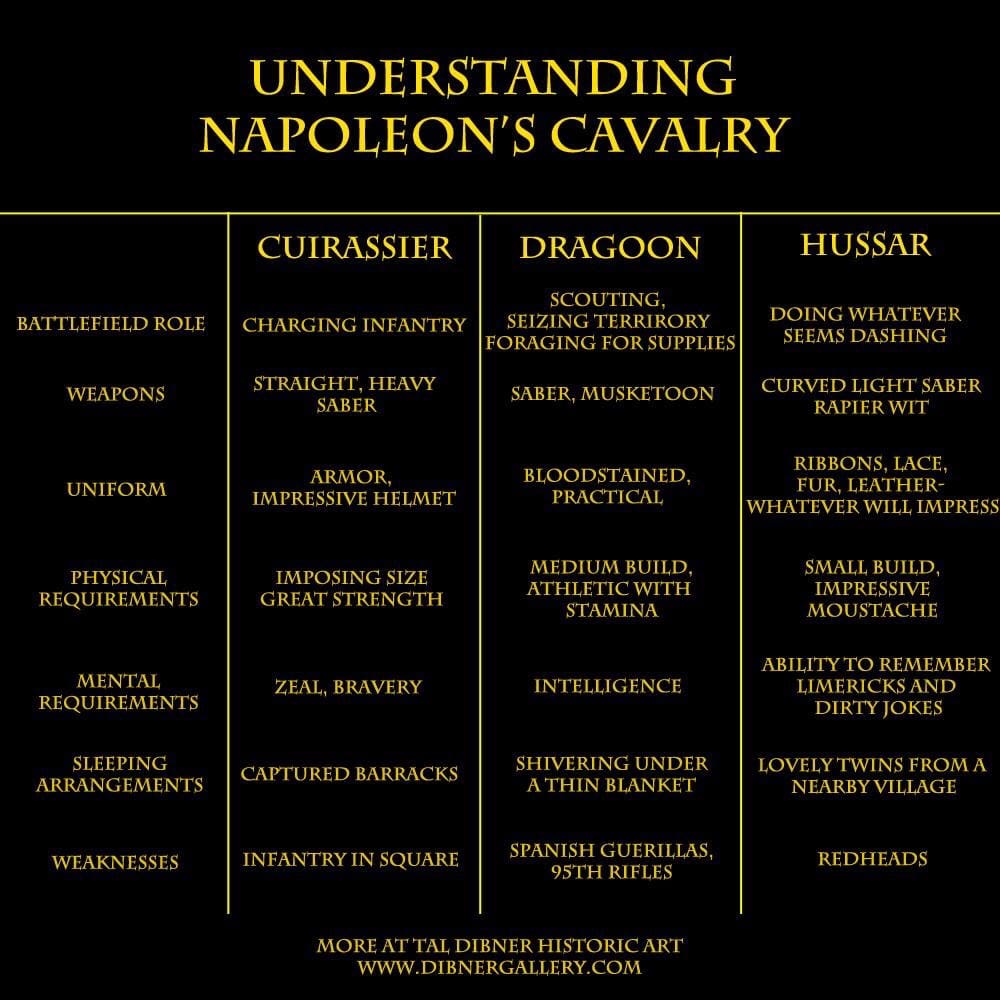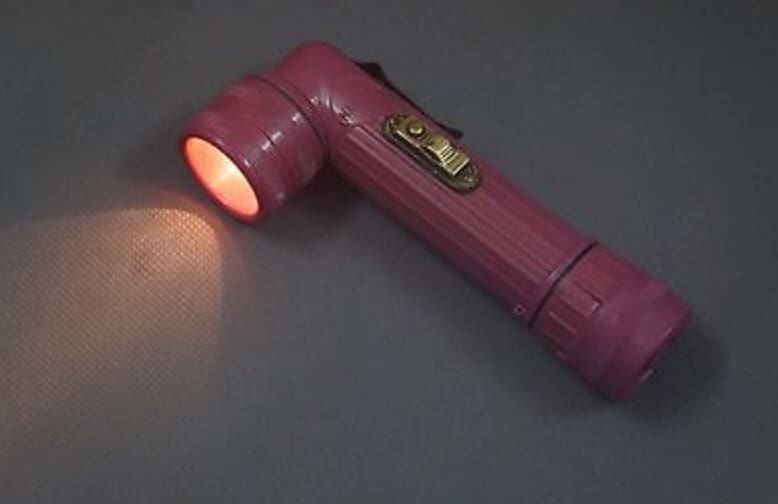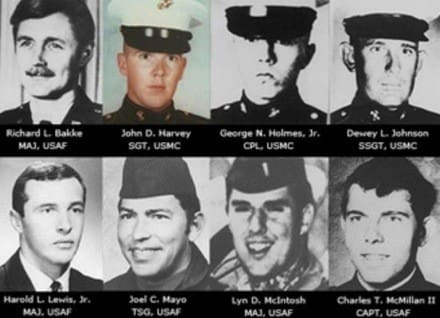Having served with units from both Australia and New Zealand during my military service, they often come to mind, and on ANZAC Day, in particular. You see, every April 25th some of our closest allies; Australia and New Zealand, commemorate the service and sacrifice of their military. The day begins with a dawn service and there are several other events throughout the day including parades.
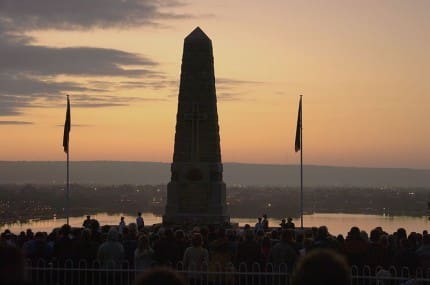
It’s bigger than Veteran’s Day is here, with more participation. It’s what Veteran’s Day was probably like after the War to End All Wars and ANZAC does have its roots in the memory of the Australian and New Zealand Army Corps troops who served the empire in World War One.
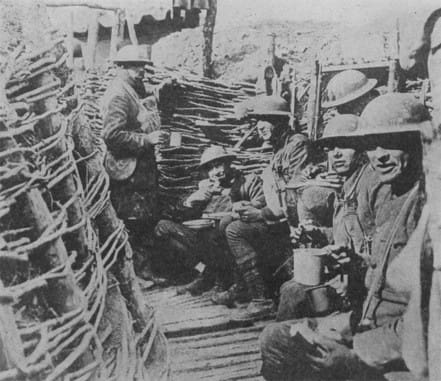
While April 25th might seem an odd date, it is actually the anniversary of the first major battle fought by ANZAC forces; the battle of Gallipoli in what is now Turkey.
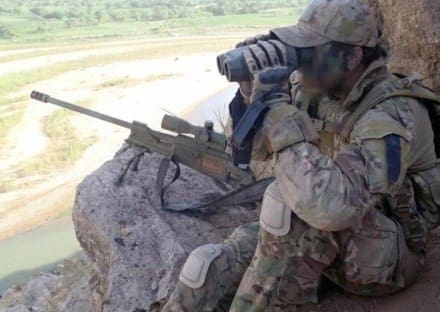
Please join us in honoring not only their fallen, but also the fact that they are on our team. 101 years ago or today, they’ve been on the side of right.


